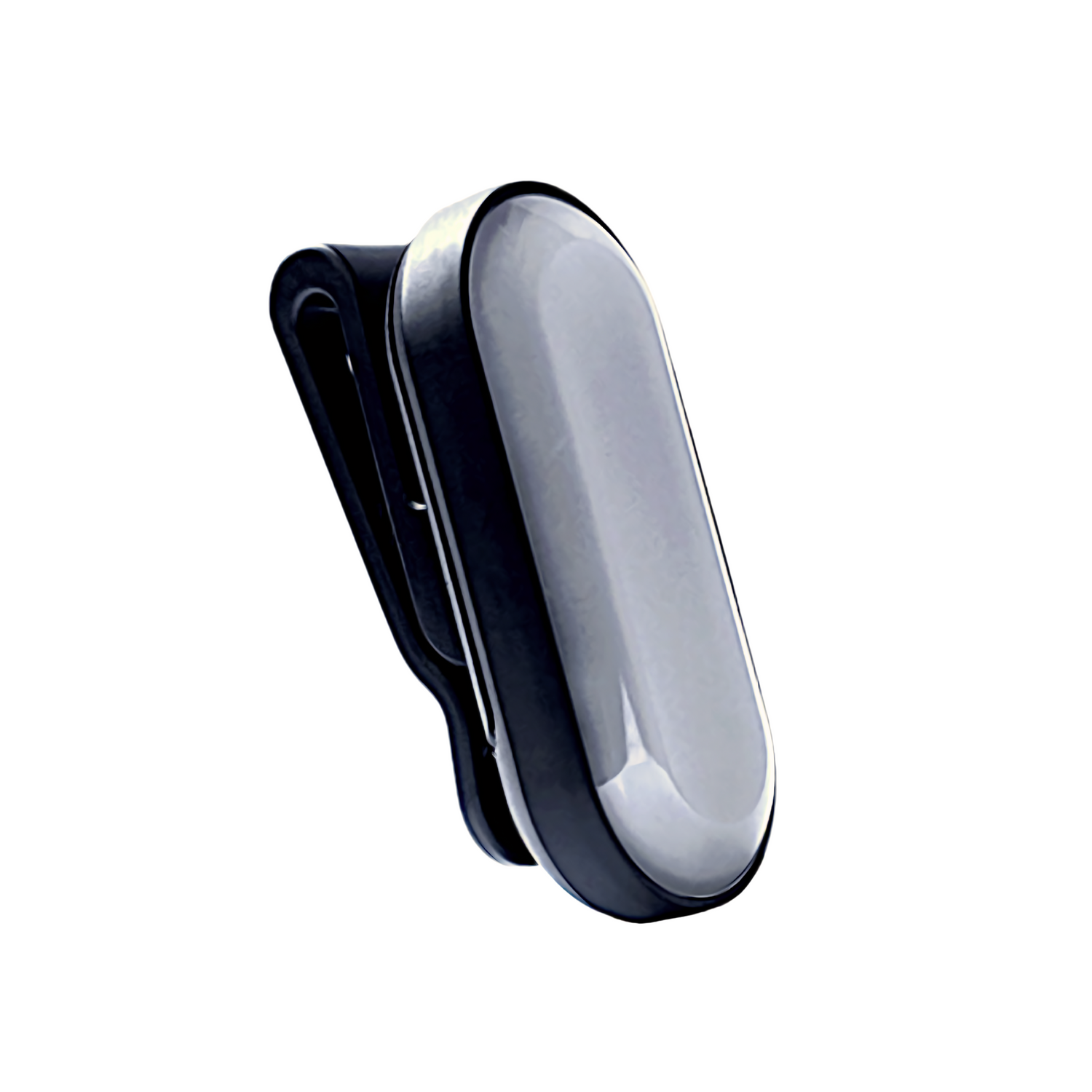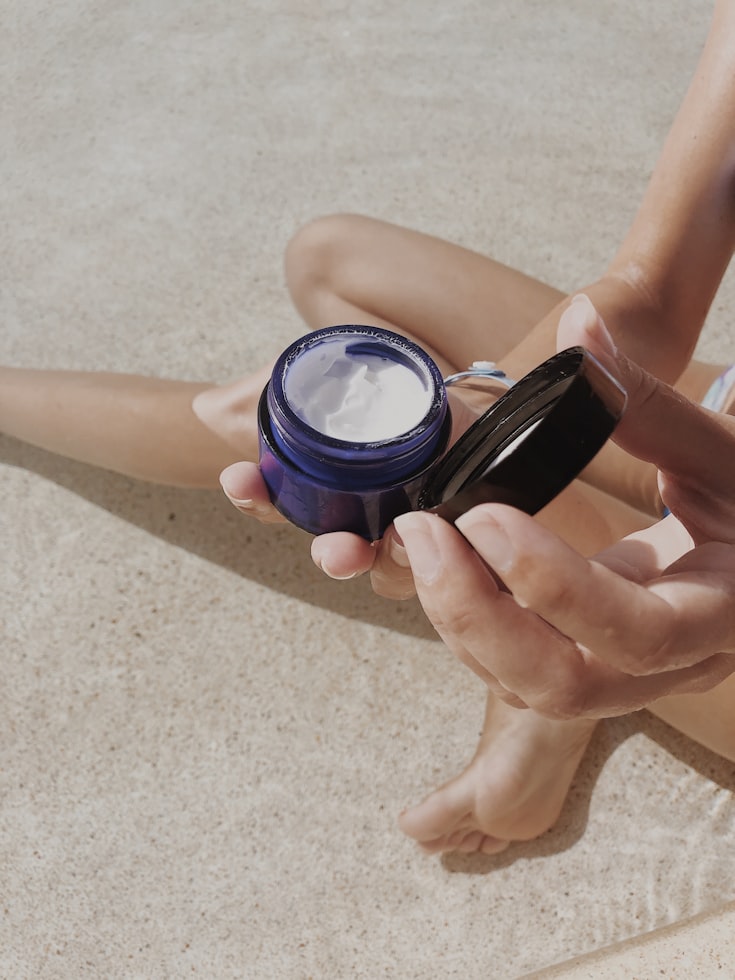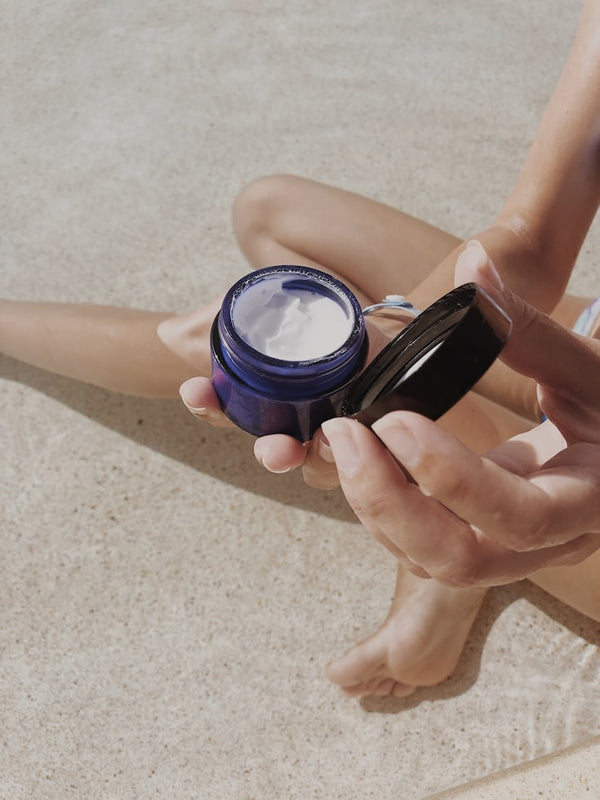There is no question that sun protection is essential and will become increasingly important in the future. But what's in sunscreen? Are all the active ingredients that get into our bloodstream through the skin with sunscreen and the like harmless? Or are there unwanted side effects? Because this is not so clear with many products, the American Food and Drug Administration (FDA) has proposed a regulation that requires manufacturers to take a closer look at the absorption rate of their ingredients and to disclose how much of which substance is in our bodies arrives This regulation should come into force in November 2020.
But you have to differentiate between the ingredients of physical and chemical sunscreens. The two fundamentally different ways sunscreens achieve their protective function each have their pros and cons. If you haven't already read the relevant article about this, we recommend that you do so for a better understanding.
Physical sunscreens: toxic nanoparticles
The idea of physical sunscreens is to create a reflective protective layer on the skin. Normally, however, this leads to an unsightly white layer if applied correctly. To make the sunscreen less visible, manufacturers of physical sunscreens have made the titanium dioxide and zinc oxide particles extremely small. Because the particles are then less than 100 nanometers in size, they are called nanoparticles. The main concern about such ingredients is that they can enter and accumulate in the body. The legitimate question: "Is that bad?" cannot yet be answered because we simply still know too little about the long-term effects of nanoparticles. In principle, however, titanium dioxide and zinc oxide have a toxic effect on the human body. For this reason, caution is advised.
Chemical sunscreens: harmful hormones
Many people have an intuitive aversion to the word chemical. They automatically associate it with dangerous and negative. But it is worth looking at the matter more differentiated. Many chemical processes happen in your body - some of them are positive and some of them negative. It is therefore important to know which substances and processes are being discussed. Unfortunately, this is where things get more complicated when it comes to sunscreens.
What's in chemical sunscreens? While two main substances are used in physical sunscreens, the list of organic filters used in chemical sunscreens is significantly longer. Some of them are suspected of being carcinogenic. For most, we lack the long-term data to say whether they are safe or not. However, it has been found that many of these substances can penetrate the body. The most controversial ingredient in chemical sunscreens today is oxybenzone. This substance is suspected of damaging coral reefs and influencing the human hormonal balance (especially oestrogens).
The FDA investigation
In the US there are at least 16 minerals and chemicals used as active ingredients in sunscreen products. For a large proportion of these active substances, there is insufficient information on whether they are safe for use in the body and how they affect our blood system. According to the FDA, all ingredients that are detectable in the blood at 0.5 nanograms per milliliter or higher should be tested for it. The aim is to be able to make a statement as to whether these substances increase the likelihood of developing cancer, cause birth defects or have other effects.
In a pilot study, the FDA asked 24 subjects to use sunscreen products containing avobenzone four times a day for four days. Thirty blood samples were then taken from each subject over a seven-day period, and the concentrations of active minerals and chemicals were measured. After just one day, the concentration of the ingredients in the blood exceeded the FDA recommendation many times over.
The Federal Food and Veterinary Office
The Federal Food and Veterinary Office (BLV) writes:
"According to the current state of knowledge, the benefits of mineral and organic UV filters outweigh any risks. The BLV, the FOPH, the Cancer League and the Swiss Society for Dermatology and Venereology recommend the consistent use of sunscreen on uncovered skin as a supplement to staying in the shade and wearing clothes."
What now?
Great! So shouldn't you be using sunscreen at all? No! The FDA and BLV do not recommend skipping sunscreen. That is clearly emphasized. But the FDA advocates taking a close look at what substances are used and how they affect the human body. In November, the FDA's proposed rule should be finalized and go into effect. This could mean that some suppliers of sun protection products have to withdraw their creams, sprays and lotions from the market. The trade association has already requested a postponement of the entry into force of the eight-ingredient rule because testing has not yet progressed far enough.
Conscious use of sunscreen
Researchers agree that it still makes sense to protect yourself with sunscreen. The risk of skin cancer is real. Sunscreen is an effective protection against damage to the skin. But you should consider the following things:
- If you want to use a physical sunscreen: Physical sunscreens, which are advertised as transparent or invisible, often achieve this with nanoparticles.
- If you want to use a chemical sunscreen: Google the name of your sunscreen + ingredient. See if these are suspected of having negative effects on the body or the environment.
- Healthy people with no history of skin cancer do not always need to wear sunscreen. Often it is enough to look for shade or to choose the time you spend outside wisely.
- According to the current state of research, caution should be exercised with the following ingredients: Tinosorb S and M, Mexoryl SX, Oxybenzone, Octinoxate, Avobenzone, Titanium Dioxide, Zinc Oxide, PABA and Trolamine Salicylate PABA.
- Read our article: When to apply sunscreen?
Further reading:
- Federal Food and Veterinary Office on sunscreen
- NPR article on sunscreen ingredients
- The best sunscreenss
- Critical ingredients
- Overview of sunscreen ingredients
Sources:
- FDA study: Effect of Sunscreen Application Under Maximum Use Conditions on Plasma Concentration of Sunscreen Active Ingredients
- Further FDA investigation
- Investigation of whether zinc nanoparticles penetrate the skin
- Titanium Dioxide and Zinc Oxide
- Chemical Sunscreens
- Oxybenzone and Estrogen
- Sunscreen and Coral Reefs








